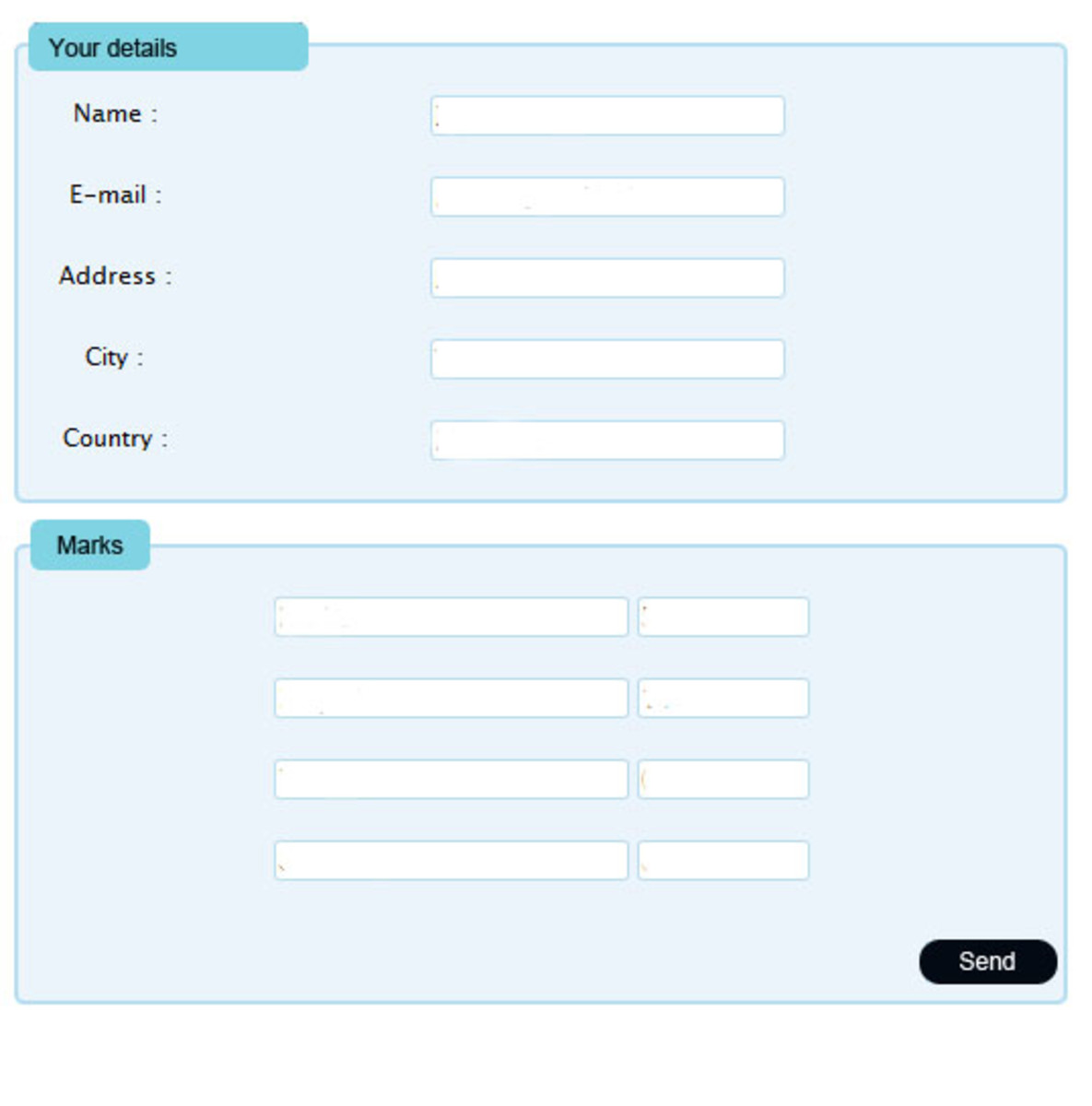Table Of Content

The XML-based specification is usually called XHTML to distinguish it clearly from the more traditional definition. However, the root element name continues to be "html" even in the XHTML-specified HTML. The W3C intended XHTML 1.0 to be identical to HTML 4.01 except where limitations of XML over the more complex SGML require workarounds. Because XHTML and HTML are closely related, they are sometimes documented in parallel.
Easy Learning with HTML "Try it Yourself"
HyperText Markup Language or HTML is the standard markup language for documents designed to be displayed in a web browser. It is often assisted by technologies such as Cascading Style Sheets (CSS) and scripting languages such as JavaScript. HTML documents are basically a tree of nodes, including HTML elements and text nodes. HTML elements provide the semantics and formatting for documents, including creating paragraphs, lists and tables, and embedding images and form controls.
Void elements
A well-formed XHTML document adheres to all the syntax requirements of XML. A valid document adheres to the content specification for XHTML, which describes the document structure. In modern browsers, the MIME type that is sent with the HTML document may affect how the document is initially interpreted. A document sent with the XHTML MIME type is expected to be well-formed XML; syntax errors may cause the browser to fail to render it. The same document sent with the HTML MIME type might be displayed successfully since some browsers are more lenient with HTML. Good semantic HTML also improves the accessibility of web documents (see also Web Content Accessibility Guidelines).
Related Content
Its purpose is to embed an image in the HTML page in the place it appears. HTML (HyperText Markup Language) is the code that is used to structure a web page and its content. For example, content could be structured within a set of paragraphs, a list of bulleted points, or using images and data tables.
It contains the essential building-block elements (i.e. doctype declaration, HTML, head, title, and body elements) upon which all web pages are created. This language is used to annotate (make notes for the computer) text so that a machine can understand it and manipulate text accordingly. The language uses tags to define what manipulation has to be done on the text. This module will introduce the first two of these and introduce fundamental concepts and syntax you need to know to understand HTML.
GPU Benchmarks Hierarchy 2024 - Graphics Card Rankings - Tom's Hardware
GPU Benchmarks Hierarchy 2024 - Graphics Card Rankings.
Posted: Wed, 24 Apr 2024 16:39:03 GMT [source]
Copy and paste your documents in the visual editor and convert it to a clean web-friendly format. It works with Microsoft Word, Excel, PowerPoint, PDF, Google docs and almost anything you can imagine. Access your visual content and source code next to each other and whichever you edit see the other change instantly in real time.

This header has both strong and emphasized content
It was introduced by Tim Berners-Lee in 1991 at CERN as a simple markup language. Since then, it has evolved through versions from HTML 2.0 to HTML5 (the latest 2024 version). In this HTML tutorial, you will learn how to use HTML to create and style web pages. You will start with HTML fundamentals, such as basic HTML tags and their attributes, classes, layout, and responsiveness. Then, you will move on to advanced HTML5 topics, such as HTML forms, media, APIs, and more. By the end of this tutorial, you will have a solid foundation in HTML.
If omitted, the browser applies the effect of the opening tag until the end of the page. By learning the basics of HTML, you can start creating your own web pages and bring your ideas to life online. Hypertext defines the link between the web pages and Markup language defines the text document within the tag. There are some WYSIWYG editors (What You See Is What You Get), in which the user lays out everything as it is to appear in the HTML document using a graphical user interface (GUI), often similar to word processors.
Monthly Retail Trade - Sales Report - U.S. Census Bureau
Monthly Retail Trade - Sales Report.
Posted: Mon, 15 Apr 2024 07:00:00 GMT [source]
As the title suggests, this article will give you a basic understanding of HTML and its functions. Make sure you apply the CSS code below when you publish tables converted to div elements. Try the interactive online table styler which can generate grids from both div and table elements. HTML consists of various elements, that are responsible for telling search engines how to display page content.
This declaration references the DTD for the "strict" version of HTML 4.01. SGML-based validators read the DTD in order to properly parse the document and to perform validation. In modern browsers, a valid doctype activates standards mode as opposed to quirks mode. As this list demonstrates, the loose versions of the specification are maintained for legacy support. However, contrary to popular misconceptions, the move to XHTML does not imply a removal of this legacy support.
HTML is a markup language that web browsers use to interpret and compose text, images, and other material into visible or audible web pages. Default characteristics for every item of HTML markup are defined in the browser, and these characteristics can be altered or enhanced by the web page designer's additional use of CSS. These formatting commands were derived from the commands used by typesetters to manually format documents.

No comments:
Post a Comment